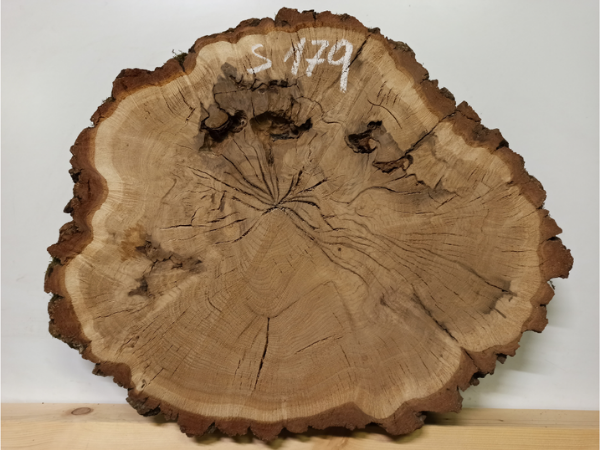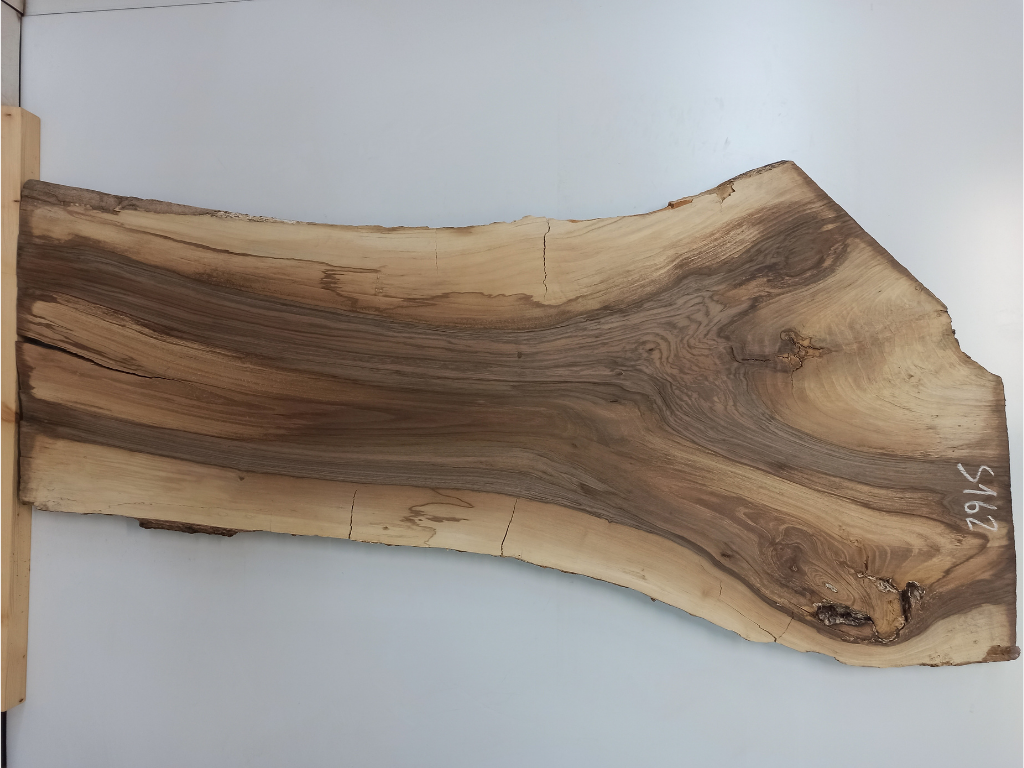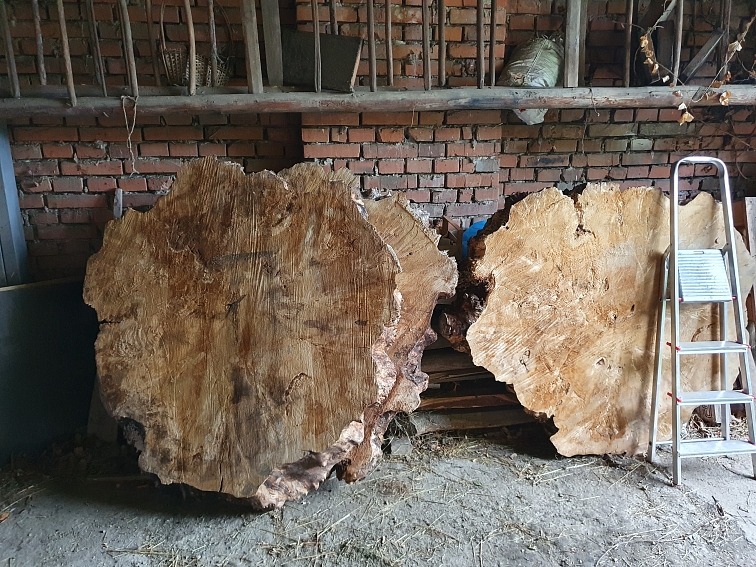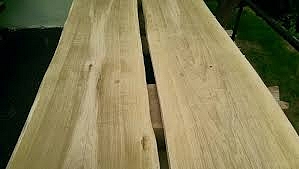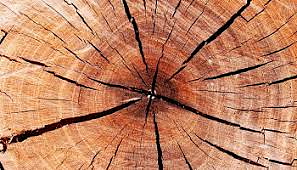Wood is the porous and hard tissue (mesh) of plants that make up the trunks, branches and roots of trees and shrubs. This tissue is made up of cellulose fibers with high tensile strength and pressure-resistant lignin filling. They perform several functions in a living tree:
- Supporting function – allows the tree to grow tall and independently,
- Transport and nutritional function – mediates the movement of water and dissolved nutrients between leaves and roots.
Wood is a material subject to degradation (damage) by various abiotic and biotic factors.
- Abiotic factors are fire, frost, atmospheric corrosion and mainly the action of sunlight (photodegradation),
- Biotic factors are wood-destroying organisms (fungi, insects, etc.)
The natural durability of wood is the natural resistance of wood to attack by wood-destroying organisms, and thus depends on the species or type of wood. In an environment with a high risk of being attacked by wood-destroying organisms, it is necessary to choose wood with an adequate natural durability or to increase its durability by chemical protection. At the same time, it is necessary to be aware of the fact that these biotic agents need suitable conditions (moisture, temperature) for their development, so these conditions must be limited as much as possible. For wood, an important factor influencing the resistance of wood is the so-called impregnability, i.e. basically the permeability of wood for liquids. Wood with a low absorption capacity (low impregnability) can absorb less water in conditions of occasional moisture compared to more permeable wood, and therefore its risk of fungal attack will be lower in such conditions. On the other hand, easily impregnable (permeable) woods can be more easily protected with protective agents.
Wood has traditionally been used for centuries in the preparation and processing of food in the form of various kitchen tools (cutting boards, wooden spoons, ladles, etc.) or kitchen worktops. Doubts gradually began to arise whether its use in contact with food is hygienically safe. It was based on the fact that wood is a porous and hygroscopic material, so food residues will remain on its surface and inside its structure, which will be difficult to remove. Such conditions can then be considered suitable for the multiplication of microorganisms. Wood began to be gradually replaced by plastics or metals for the purposes mentioned above. However, practical research has shown that wood has better hygienic characteristics than plastic.
When various cutting and food preparation boards were contaminated with bacteria, it was found that significantly fewer viable bacteria could be recovered from wooden boards than from plastic boards. Other studies have also confirmed that in the case of wood, there is a much lower risk of contamination of food that comes into contact with the cutting boards. Although bacteria penetrate under the surface layers of wood, they are no longer able to return to the surface of the wood, where they would contaminate food. Also, surfaces damaged by cutting with a knife, then washed with water, are more easily contaminated with bacteria in the case of plastics than in the case of using suitable wood.
Experiments have shown that the ability of bacteria to survive is dependent on the type of wood used. It is clear from this that the hygienic characteristics of wood cannot be generalized. More detailed experiments confirmed a certain antibacterial effect and showed that some types of wood (pine, larch and oak) show better hygienic characteristics than plastics. Other types of wood (e.g. beech or poplar) show very similar behavior to plastic (polyethylene) in terms of bacterial development than when using suitable wood.
The detected decrease in the amount of bacteria on the surface of the wood is a consequence of the antibacterial effect of the wood based on its physical and chemical properties. In terms of physical properties, it is the porous structure and hygroscopic nature of wood. These properties ensure the removal of water, which is essential for bacteria, as they need it for their physiological processes and reproduction. Ultimately, the removal of moisture will kill them. In terms of chemical properties, the antibacterial effect of wood can be explained by substances contained in wood, e.g. polyphenols. These substances have an inhibitory effect on bacterial enzymes, have a toxic effect on their cell membranes, and also create chemical bonds with ions that bacteria need for their physiological processes. These polyphenolic substances include tannins, also known in wood as tannins. Tannins are mainly found in the heartwood of oak, elm, acacia, chestnut, walnut and a number of exotic woods. Tannins are limited or completely absent in the wood of conifers. The antibacterial effect of conifers, especially pine, can be explained by the presence of other polyphenols, so-called terpenes. This is an extensive group of diverse natural substances. Terpenes are most abundant in the heartwood of conifers with resin canals. The largest amount of resin canals, i.e. resin, is found in pine wood. The occurrence of terpenes in the wood of deciduous trees of the temperate zone is negligible. However, terpenes are found in the wood of many deciduous trees of the tropical and subtropical zone.

